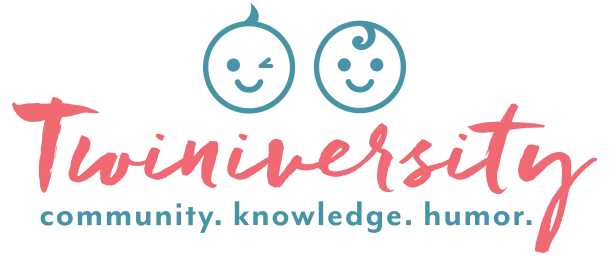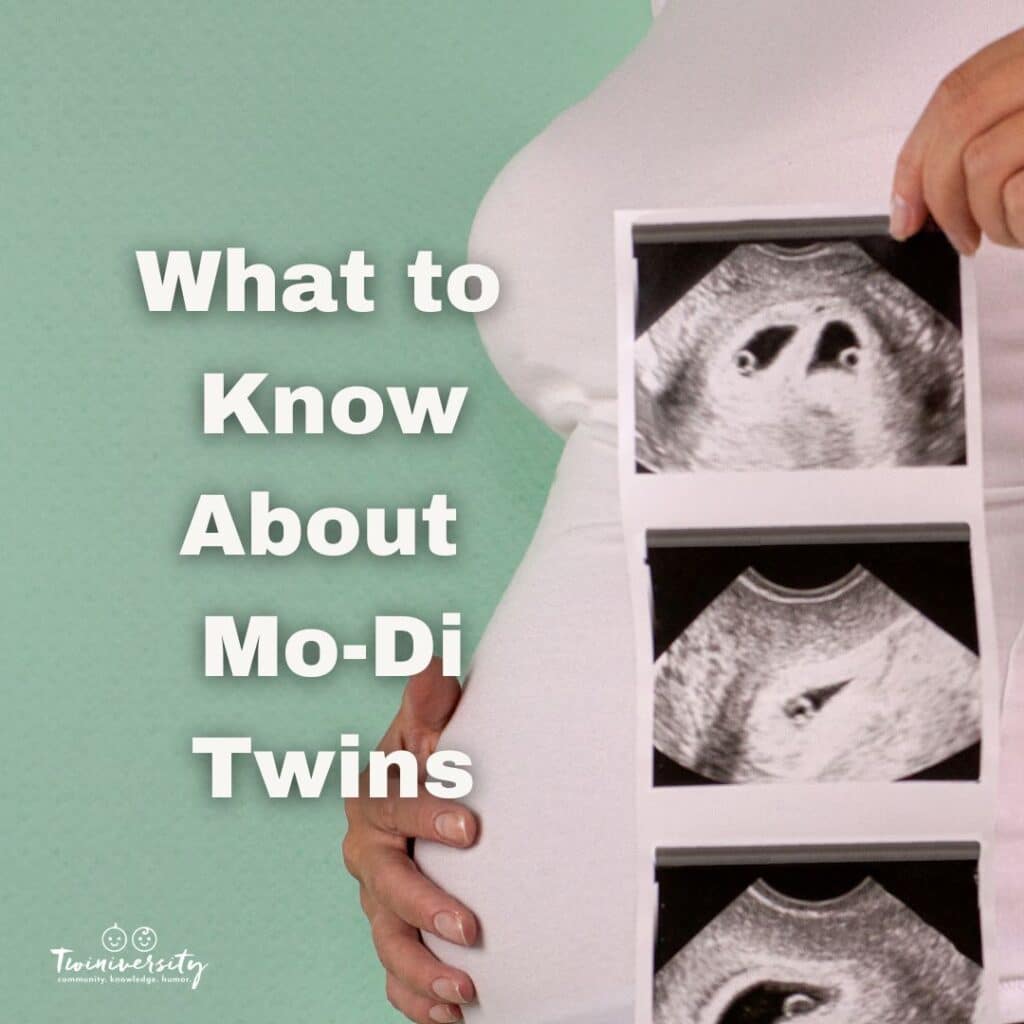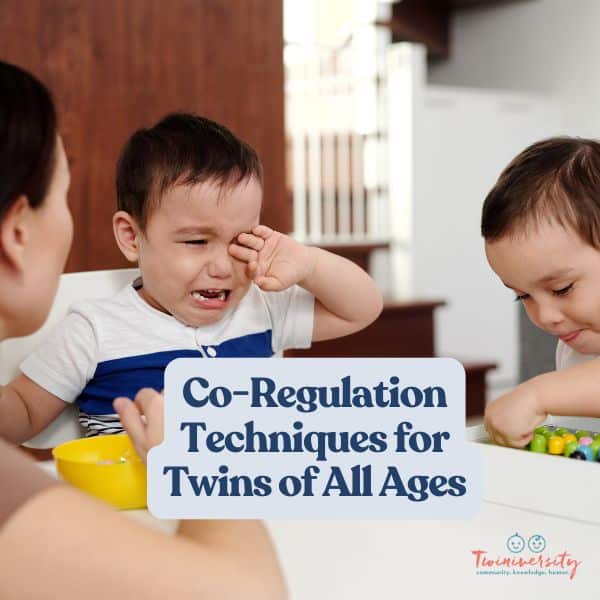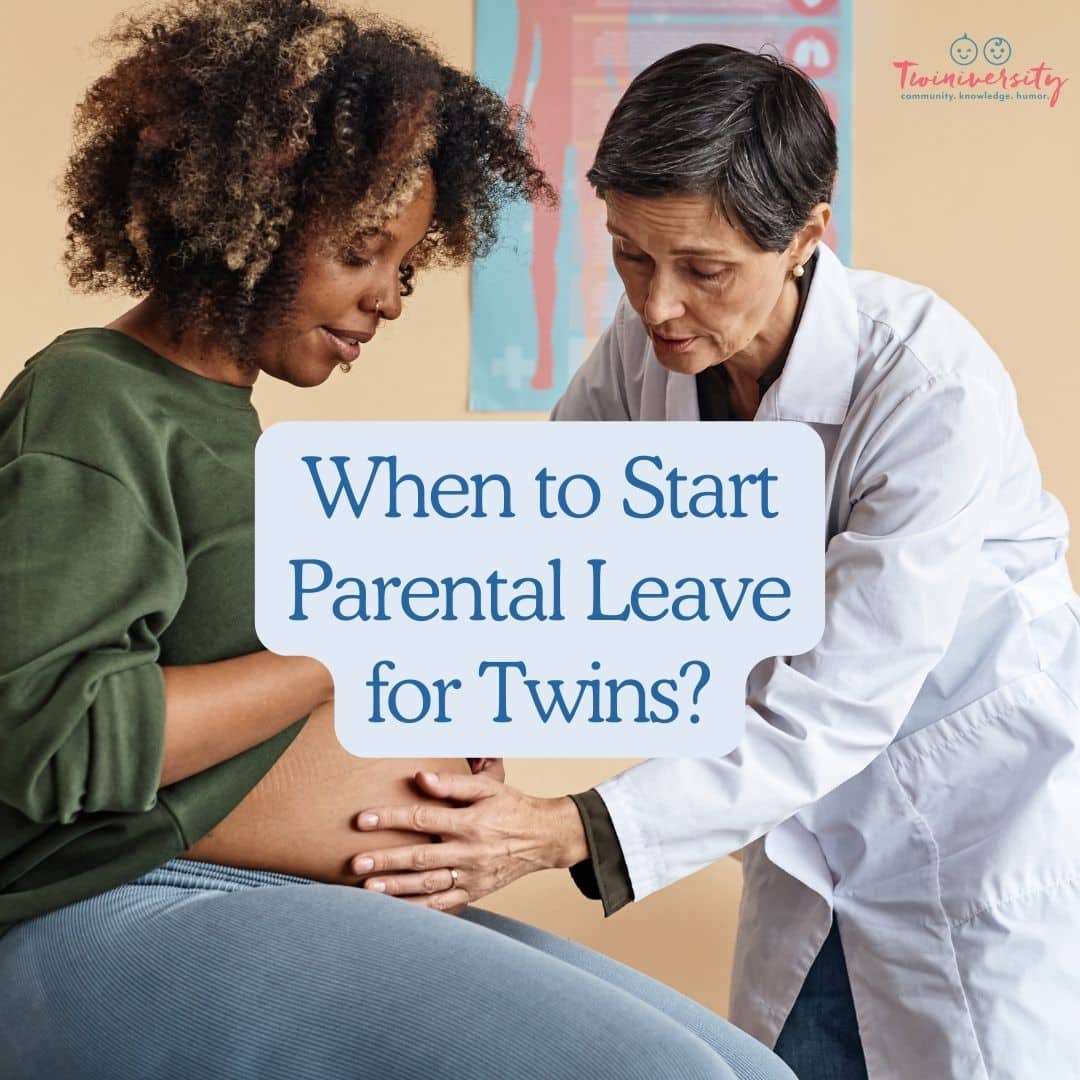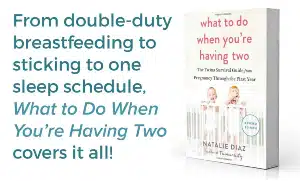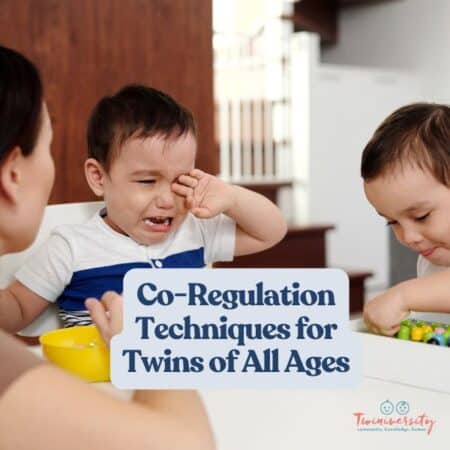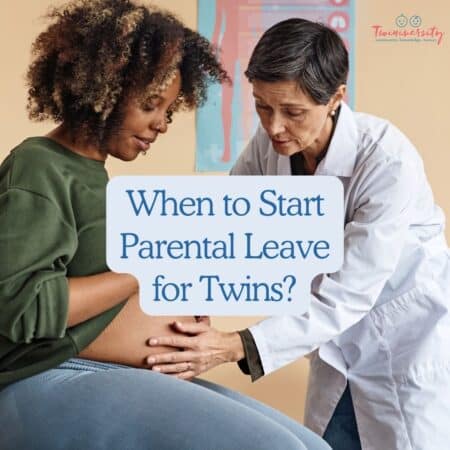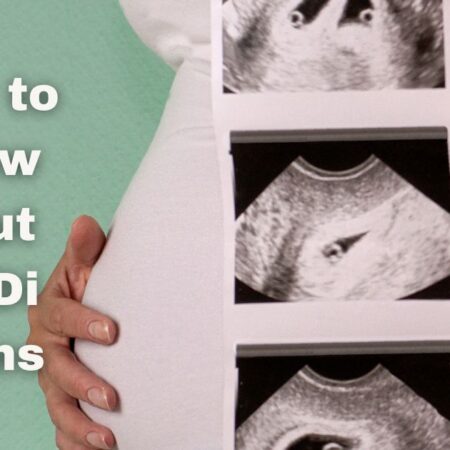
Pregnant with monochorionic diamniotic twins and wondering what on Earth that even means? No worries, we’ve got you covered with understanding the basics of being pregnant with mo-di twins!
Most people know twins to be either identical (aka monozygotic) or fraternal (aka dizygotic). However, what you probably haven’t heard until you started researching more about twins are terms like mo-mo, di-di, or mo-di. Cue the confusion, right?
So let’s dig into what these terms actually mean when it comes to twin pregnancies:
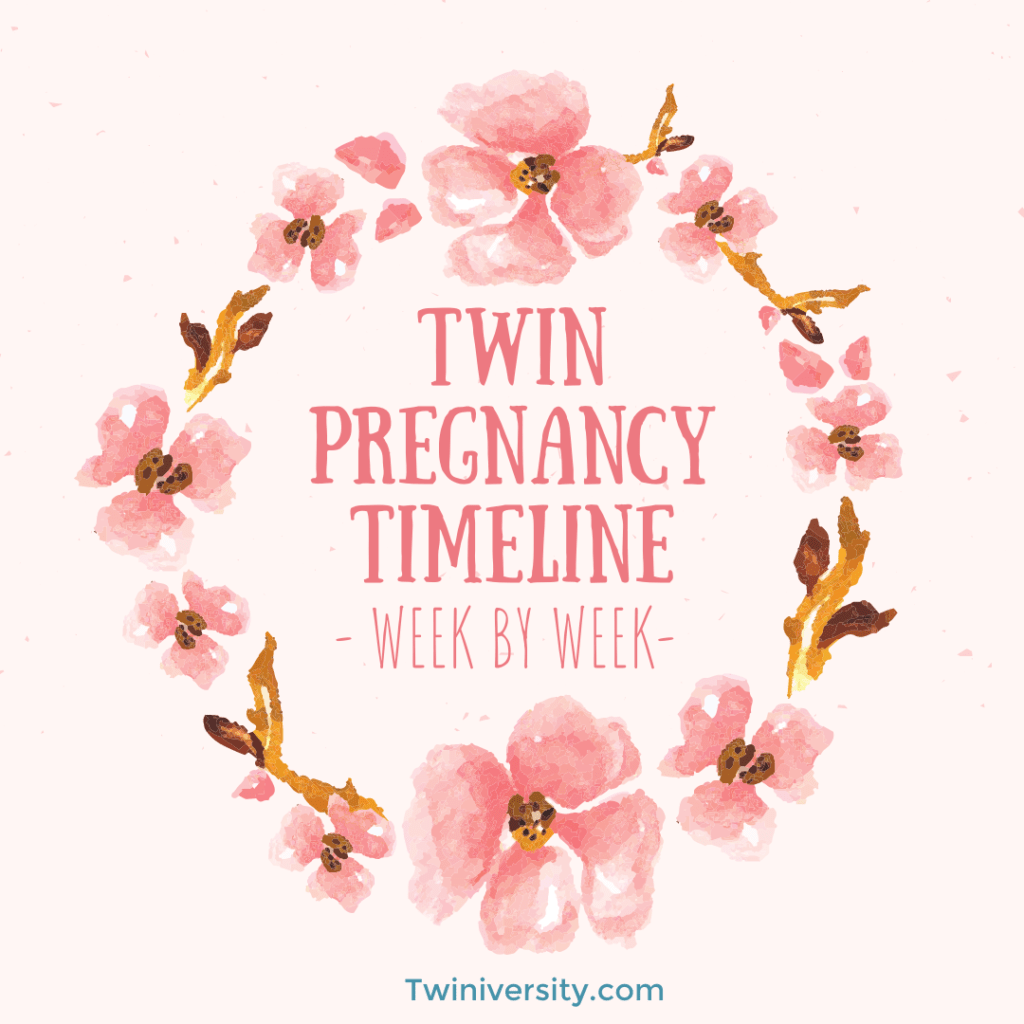
If you just heard that second heartbeat for the first time, or you know it’s been two for a while, you need to read our twin pregnancy week by week timeline to help you learn what happens week by week with twins. Click here to learn more… and while you’re at it, check out our expecting twins classes and twin parent coaching services.
What are the three types of twin pregnancies?
First, it helps to understand the root words “mono” and “di” as well as the terms “chorion” and “amniotic.”
Mono means “one” or “single,” while di means “two” or “split.”
Chorion refers to a portion of the embryo that develops into the fetal part of the placenta (a placenta is composed of both maternal and fetal tissue). It helps with the exchange of oxygen and nutrients between the placenta and the fetus.
Amnion or amniotic sac refers to the fluid-filled sac that encapsulates the growing fetus. It supports the fetus by providing protection and temperature regulation.
Now that you fully understand what these individual terms mean, let’s better understand the three twin pregnancy types.
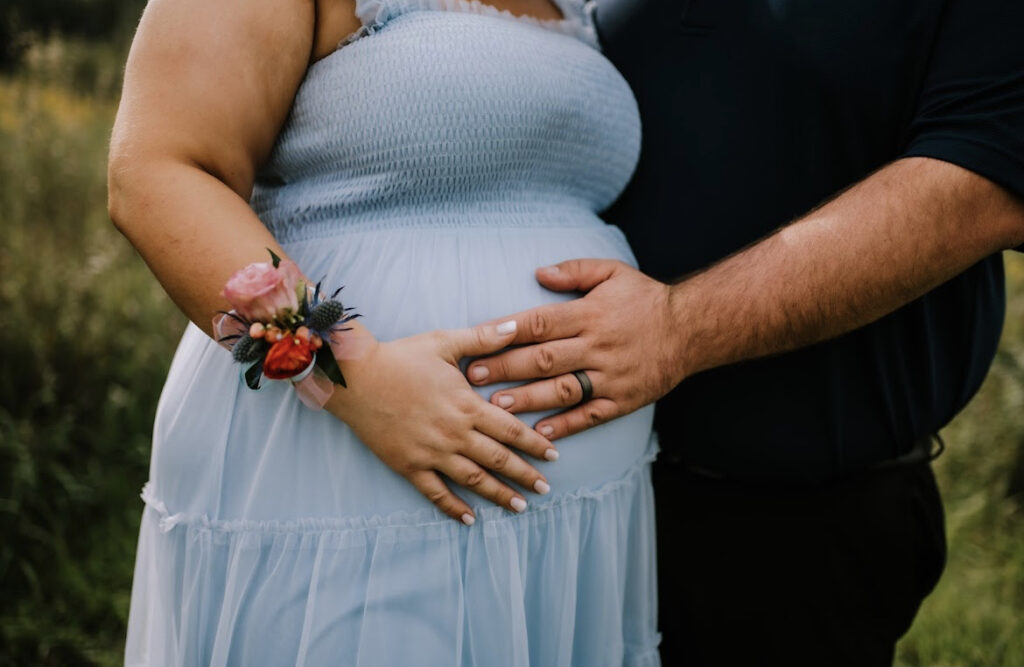
Mo-Mo twins = Monochorionic monoamniotic twins
Mo-mo twins, also called mono-mono twins, share both a placenta and an amniotic sac. It’s the least common type of twin pregnancy, occurring in only 1 – 5% of twin pregnancies. And all mo-mo twins are identical.
Di-Di twins = Dichorionic diamniotic twins
Di-di twins each have their own placenta and amniotic sac. The majority of di-di twins are fraternal, but identical twins can also be dichorionic. This is the most common type of twin pregnancy overall.
Mo-Di twins = Monochorionic diamniotic twins
Monochorionic diamniotic twins share a placenta, but they each have their own amniotic sac. The chances of having a mo-di twin pregnancy are 0.3 – 0.4% (or every 3-4 out of every 1,000 pregnancies). Just like mo-mo twins, mo-di twins are always identical.
In case this all still sounds like a lot to take in, take a look at the image below (courtesy of Johns Hopkins Medicine).
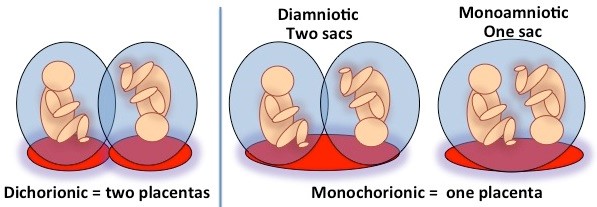
Okay, now let’s look even more closely at monochorionic diamniotic twin pregnancies!
What are mo-di twins?
Monochorionic diamniotic twins come from the same egg, but they separate around 4-8 days after the egg is fertilized. As you can see in the previous image, mo-di twins share a placenta but have their own individual amniotic sac.
Like other twin pregnancies, the only way to determine this is during detection at a prenatal ultrasound around 11-13 weeks gestation.
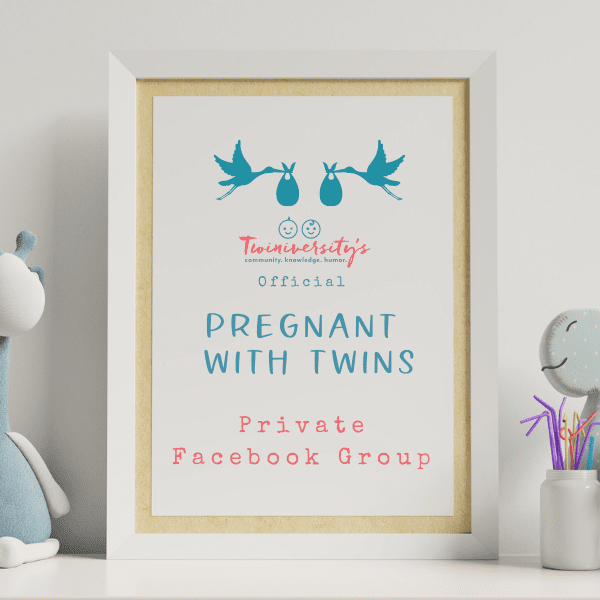
Did you know we have a FREE Facebook group just for expecting twin parents? Hurry and join today to find support from expecting twin mamas who get it!
What are the risks of a mo-di twin pregnancy?
Any version of twin pregnancy is considered high risk compared to a singleton pregnancy.
Some risks of twin pregnancy in general are:
- Preterm birth
- Gestational hypertension
- Anemia
- Birth defects
- Vanishing twin syndrome (a type of miscarriage)
But monochorionic twins carry some additional risks as well due to their shared blood supply (since they share a placenta).
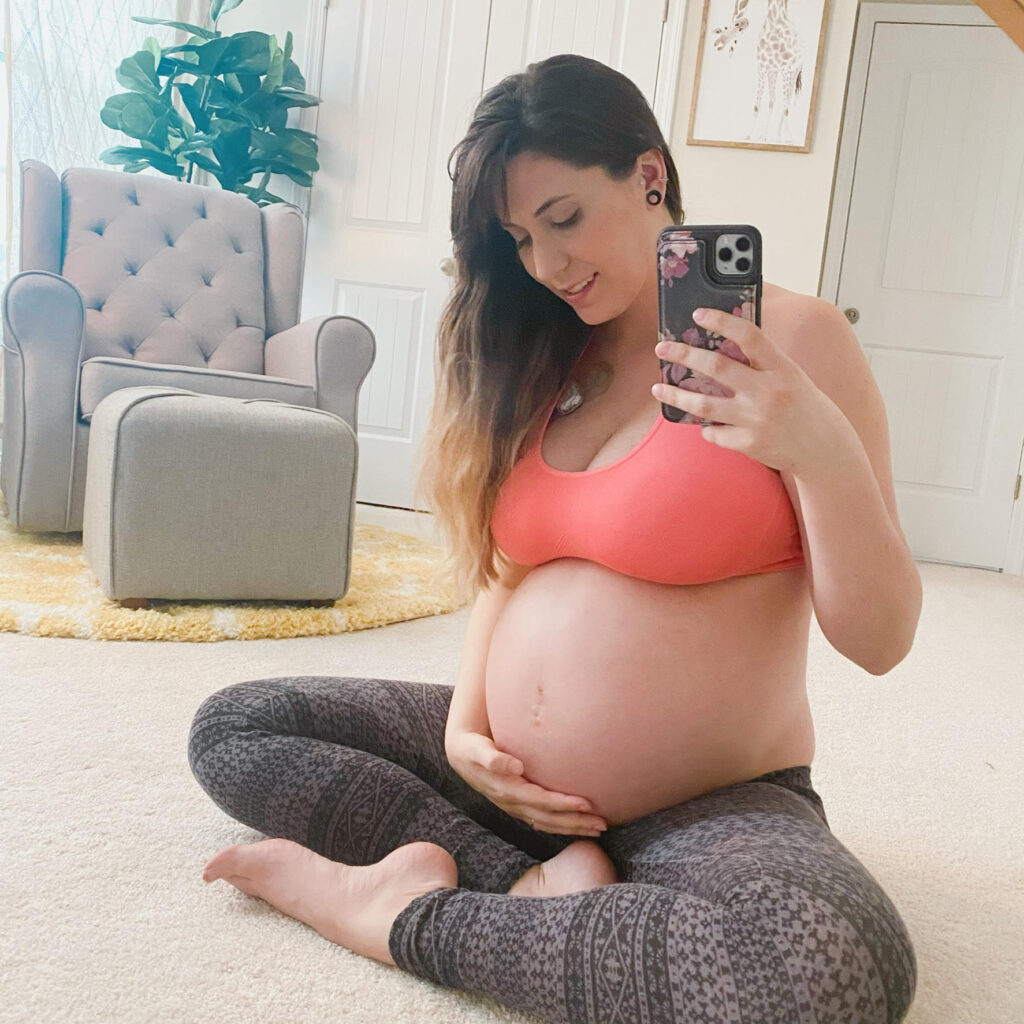
Here are some complications that are unique to monochorionic twin pregnancies:
Twin-Twin Transfusion Syndrome (TTTS)
Twin-twin transfusion syndrome, also known as TTTS, is a complication specific to mo-di twins. TTTS involves an uneven distribution of blood and nutrients to the babies via the placenta. In other words, one twin gets too much blood and the other gets too little blood. This leads to a domino effect of challenges for both fetuses and the mother.
About 10 – 15% of mo-di twins develop this complication. While it sounds scary, TTTS can be treated in utero at some advanced children’s hospitals. And the earlier the condition is caught, the better the prognosis. (In many cases, it’s first noticed at a screening around 16 – 20 weeks gestation.)
Learn more: Coping With Twin to Twin Transfusion Syndrome
Selective Intrauterine Growth Restriction (sIGUR)
sIUGR, which is also sometimes called selective fetal growth restriction (SFGR) is another risk of mo-di twin pregnancies. Basically, the twins don’t get an equal share of nourishment from the placenta and the fetal weight of one twin is lower than 10% of others at the same gestational age.
It also creates a very distinct weight difference between the two fetuses. Nearly 10% of monochorionic pregnancies develop sIUGR. Thankfully, like with TTTS, there are options for treatment.
Learn more: What is Selective Intrauterine Growth Restriction?
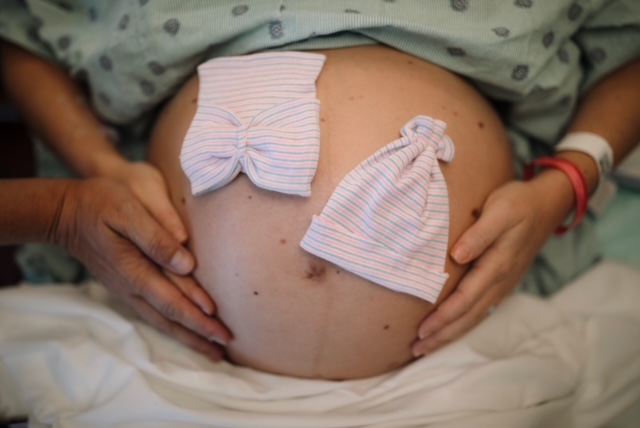
Twin anemia polycythemia syndrome (TAPS)
Twin anemic polycythemia syndrome (TAPS) is a twin pregnancy complication that involves one twin receiving more red blood cells than the other.
This causes the fetus that has too many red blood cells to become polycythemic and the other fetus with too few red blood cells to become anemic. If left untreated, this can lead to additional health challenges or even death for both fetuses.
Learn more: What is TAPS? Learn More About This Little Known Complication
Final thoughts on having a mo-di twin pregnancy
Although it may feel overwhelming to have a mo-di twin pregnancy, know that it is possible to have healthy mo-di twins. And staying on top of your prenatal screenings can help you identify any potential complications early on for the best possible outcome (and treatment options, if needed).
Wishing you a smooth pregnancy and safe delivery with your mo-di twins!
Want to learn more about twin pregnancy types? Check these out too:
- Types of Twins: All You Need to Know
- What’s So Special About Fraternal Twins?
- Mirror Twins: All You Need to Know

Stephanie Miller is the proud mom of twin cyclones Zach and Carter. Every day in the Miller house, you’ll find rooms turned over, floors covered in bits of Lego and puzzle pieces (mind your step), and the sound of “Brown Bear Brown Bear” read over and over, and over again. You’ll typically find her being used as the seat to reading time for the two bookworms, covered in bubble solution as they try to excel in their Bubble Wand skills, or being the voice to command Alexa for their favorite tunes. She and her husband are working on their traveling skills cause she can’t wait to show them the amazing world that is out there for them.
